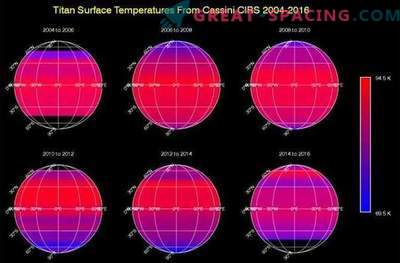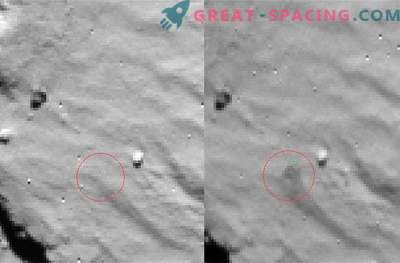
The artistic vision of the TESS satellite launched in 2018 to search for worlds outside the solar system. Astronomers announced that the device was able to find a planet of the “hot Earth” type with an incredibly short orbital period near the nearest star
The satellite to monitor the transit of exoplanets TESS was launched on April 18, 2018. Its main goal is to find transit planets that are inferior in size to Neptune, near the stars, whose brightness is enough for spectroscopic studies of the masses and atmospheres. Before the launch of TESS, scientists knew about indicators of 385 worlds with a period of orbital rotation from half a day to 2 years. However, in the new discovery, it was possible to find a planet of the “hot Earth” type, which is 50 light-years distant from us and rotates around a dwarf star in 11 hours. The planet is 1.3 times more radial than the Earth’s, which is enough to retain the atmosphere. However, a short orbital period speaks of a dangerous proximity to a star. It is believed that the surface warms up to 800 K, which still allows you to save the atmospheric layer.
The proximity to the star helps to analyze any possible atmosphere (if any), using the spectra of transit and eclipse of the source.











































